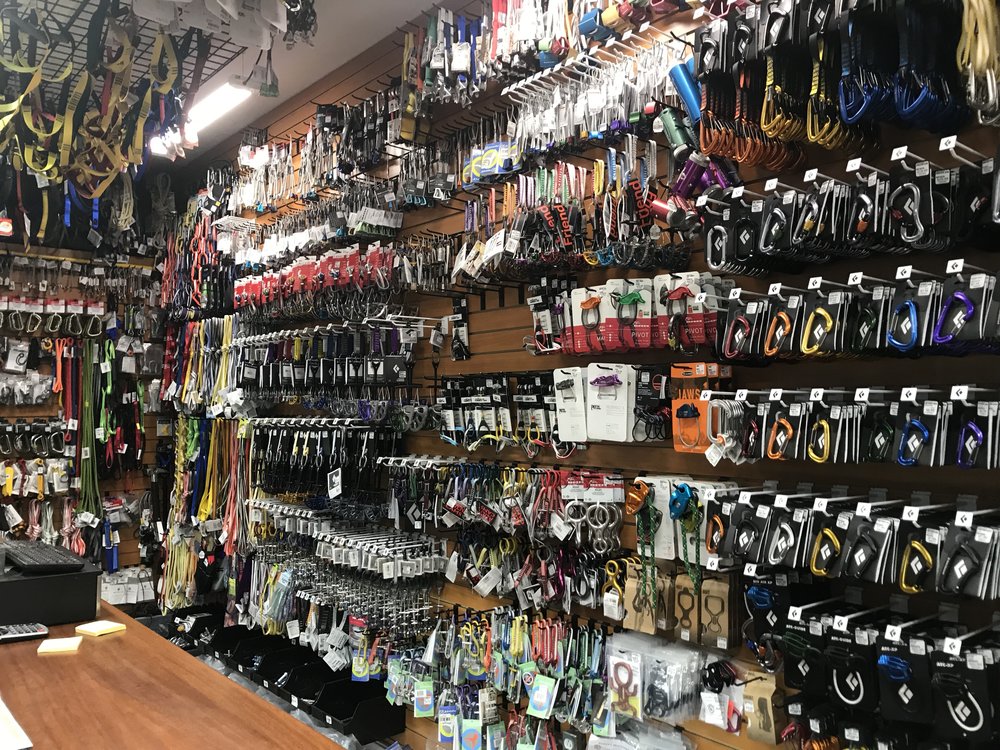Comparing the Differences Between B2C vs. B2B Marketing Strategies
Does marketing for B2C (business-to-consumer) vs. B2B (business-to-business) differ that much? Yes, and in several key ways, including target audience, messaging, channels, and strategies. In this blog, we’ll be reviewing the differences as well as looking at the similarities.
As we have clients in both B2B and B2C, we get this question a lot. We also get the, ‘Well, we’re not marketing directly to consumers so our website and content creation do not matter as much.” In most cases, content creation and the user’s experience on your website are even more important! In short, we believe that marketing at its core is about telling your story and creating relationships. As Seth Godin had said, “People do not buy goods and services, they buy relations, stories, and magic.”
So let’s get started with an overview of the differences and examples of B2C vs. B2B, along with some marketing strategies commonly used for both:
1. Target Audience for B2C vs. B2B:
B2C: B2C marketing targets individual consumers or households. The audience is typically larger and more diverse, with varying interests, needs, and preferences.
B2B: B2B marketing focuses on businesses or organizations as customers. The audience is usually smaller and more specific, often consisting of decision-makers and professionals within the company.

Outdoor Retailer is a B2B tradeshow that gives you access to hundreds of brands in the outdoor and lifestyle industry. Pro Tip: Set up meetings in advance with procurement specialists or C-suite members. Otherwise, the ‘gatekeepers’ staffing the entrance to most booths may not be as welcoming.
2. Messaging and Content for B2C vs. B2B:
B2C: B2C marketing content often emphasizes emotional appeals, lifestyle benefits, and simplicity. Messages are designed to resonate with personal aspirations, desires, and emotions.
For example, an outdoor apparel company advertising a waterproof rain jacket may emphasize how its product keeps you more protected from the elements and gives you the confidence to carry on with your greatest adventures. Or a hair salon might draw on your desire to be in style, keep up with the trends, and have a luxury experience.
B2B: B2B marketing tends to be more rational and focuses on the value, efficiency, and profitability of the product or service. Messages are tailored to address business challenges and demonstrate how the offering can improve the bottom line.
For instance, a cleantech startup may highlight how its product can help your business be more sustainable and shrink your carbon footprint. Or a software-as-a-solution company might show you how you can reduce costs for your business and save hours of staff time.
There is often some overlap in the content messaging for B2C and B2B. As an example, many B2C brands like Patagonia, Prana, or the NorthFace will appeal to both your need for value and sustainability, plus style and comfort. In addition, with both business-to-business and business-to-consumer marketing, you always need to tell a good story. Whether that’s how you got started, where your idea for the product or service came from, and what problem you are solving.
Keep in mind, with B2B sales and marketing, it could be a team of people who must be convinced that your product or service will make life easier. A person is writing that check or signing the agreement. Create a persona for each industry you are targeting and figure out what speaks to them!

Appealing to your audience is key. Whether you are trying to attract corporate partners to work with your brand or selling consumer goods.
3. Sales Cycle for B2C vs. B2B:
B2C: The sales cycle in B2C marketing is often shorter and more impulsive. Consumers make quick purchasing decisions, sometimes even on the spot. In addition, these purchases may be at lower costs- between $5-$500 on average.
B2B: B2B sales cycles are typically longer and involve more stakeholders like procurement officers. Decision-making processes are often deliberative, with evaluations, negotiations, and approvals required at different stages. Furthermore, B2B purchases are often much larger than a B2C purchase. $1,000s to millions of dollars.

Tradeshows are perfect places to connect with B2B partners who might be looking to make an investment or place an order for your products or services.
4. Marketing Channels for B2C vs. B2B:
The marketing channels used for both B2C or B2B marketing often have a similar goal- drive traffic to your website to help you generate good leads or convert to sales. Therefore, if you need help with redesigning or refreshing your website- let’s chat! We’ve helped dozens of B2B and B2C clients rebuild their websites or start fresh!
B2C: B2C marketing commonly uses social media channels such as Facebook, Instagram and TikTok. In addition, you might consider using the following marketing tactics, and we’ve included links to learn more about each!:
- Email Marketing
- In-store displays and promotions
- Influencer or Ambassador Partnerships
- Traditional Paid Advertising (TV, radio, print, billboards)
- Content Marketing with Photography and Video Production
B2B: B2B marketing channels are also found on social media. However, instead of Instagram, you might use Twitter (X), or LinkedIn. In addition, marketing will also consist of the following (again, links included to learn more about each tactic):
- Trade shows and industry events– think about more than just setting up a booth! Can you be a featured speaker, or on a panel? Host a demo, coffee hour, or happy hour at your booth?
- Press releases, articles, or sponsored posts in industry-specific publications
- Blogs and whitepapers
- Email campaigns, email automation, and nurture campaigns
- Webinars and Podcasts
- Explainer videos

We’ve helped businesses in the B2B space have a greater presence at tradeshows, events, and conferences!
5. Marketing Strategies for B2C vs. B2B:
B2C Marketing Strategies:
- Segmentation and Personalization: Tailor marketing messages to specific consumer segments based on demographics, behavior, and preferences.
- Emotional Appeal: Create compelling storytelling and branding to evoke emotions and establish a connection with consumers.
- Seasonal Promotions: Utilize holidays and seasons for targeted promotions and discounts.
- User-Generated Content (UGC): Encourage customers to share their experiences and reviews.
- E-commerce Optimization: Focus on user-friendly websites, mobile apps, and seamless checkout experiences.
B2B Marketing Strategies:
- Account-Based Marketing (ABM): Target specific high-value accounts with personalized campaigns.
- Thought Leadership Content: Produce industry-specific content to establish authority and trust.
- Relationship Building: Cultivate long-term relationships with key decision-makers through networking and follow-ups.
- Educational Webinars and Workshops: Share knowledge and expertise to address industry challenges.
- ROI and Case Studies: Provide data-driven evidence of how your solution can deliver measurable results.

Standing out among the crowd, whether to attract a consumer’s attention or a business’s attention, still requires you to think creatively!
Final Thoughts for Business to Business vs. Business to Consumer
In summary, while both B2C and B2B marketing aim to promote products or services, they differ in terms of target audience, messaging, sales cycle, channels, and strategies. Successful marketing in either realm requires a deep understanding of the unique characteristics and needs of the audience being targeted.
Make sure you consider emotional vs. rational decision-making. Ensure that with either B2C or B2B marketing, you present your product or services in a clear, concise way. And always tell your story about why someone should buy or invest in your product or service and the problem you are solving.
Need more help with B2B marketing? Drop us a line and let’s start at the trailhead together! In addition, here’s a few other blogs that might help:
- Using Your Website to Generate Better Leads
- Create Videos for YouTube or Social Media
- Best Tradeshows and Events for Outdoor + Lifestyle Brands
- How to Find the Right Ambassadors for Your Brand
- Why Attend Adventure Sports Events, Festivals and Tradeshows
Until next time, keep telling that story. Make the magic happen.
-Meredith McConvill, Top Rope Media
Recent Comments